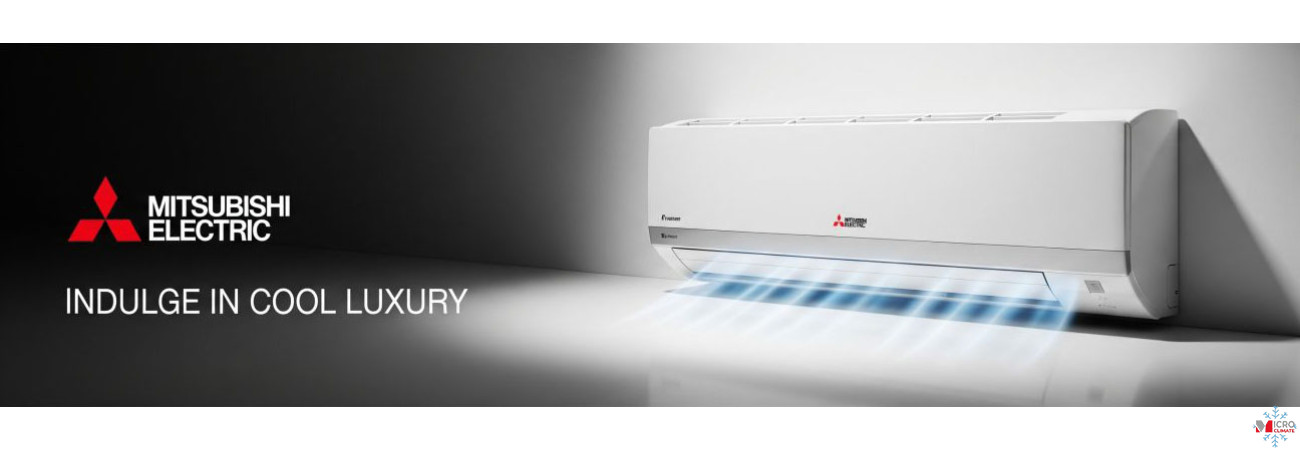
Selecting the right HVAC system size is crucial for achieving comfort, efficiency, and long-term reliability.
Incorrectly sized systems — whether too large or too small — can lead to wasted energy, temperature instability, and higher maintenance costs.
In the UK’s variable climate, precision sizing ensures optimal year-round performance.
1. Understanding System Sizing
HVAC capacity is measured in kilowatts (kW) or British Thermal Units (BTU/h).
System sizing determines how much heating or cooling power is required to maintain desired indoor conditions.
Proper calculation considers building insulation, glazing, orientation, occupancy, and internal heat gains.
2. Risks of Oversizing
An oversized system cools or heats rooms too quickly, causing frequent on/off cycling.
This leads to:
-
Higher energy use.
-
Uneven temperatures.
-
Increased wear on compressors and fans.
-
Shorter equipment lifespan.
Oversized systems also struggle with humidity control, creating uncomfortable “cold but clammy” conditions.
3. Risks of Undersizing
Undersized systems run continuously at full capacity, leading to:
-
Insufficient cooling/heating during peak demand.
-
Excessive noise and component stress.
-
Higher electricity bills.
-
Reduced comfort and occupant dissatisfaction.
4. Load Calculation Standards
UK engineers follow CIBSE Guide A or BS EN 12831 standards for accurate heat load calculations.
A professional assessment considers:
-
Building envelope (walls, roofs, windows).
-
Air infiltration rates.
-
Lighting and equipment heat loads.
-
Occupancy levels and room function.
Advanced software (Daikin VRV Xpress, Mitsubishi Design Tool) models airflow and capacity to ensure precision.
5. Zoning and Control
In multi-zone systems, each area should be calculated separately.
VRF and multi-split systems allow independent control, ensuring that lightly used spaces consume less energy.
Proper zoning can reduce total load requirements by 10–20 %.
6. Efficiency and Comfort
Correct sizing maximises SEER and SCOP performance ratings.
A system operating at 60–80 % load typically delivers the best energy-to-comfort ratio.
This improves humidity control, reduces cycling losses, and ensures consistent air distribution.
7. Practical Example
A 200 m² London office initially installed a 28 kW system but required only 20 kW.
After resizing and reconfiguration, the building achieved 26 % lower energy use and improved thermal comfort.
8. The Role of Inverter Technology
Modern inverter systems automatically adjust compressor speed to meet real-time demand, mitigating sizing errors.
However, proper design is still critical — inverters optimise efficiency but can’t compensate for major oversizing or poor duct layout.
9. Professional Sizing Consultation
Engaging certified HVAC engineers ensures compliance with Building Regulations Part L and F-Gas standards.
They’ll produce accurate load reports and recommend systems that align with both technical requirements and budget constraints.
Conclusion
Proper HVAC sizing is the foundation of energy efficiency, comfort, and reliability.
By following professional load calculation standards and using inverter-driven systems, property owners can ensure balanced performance, lower costs, and superior indoor comfort across all seasons.




